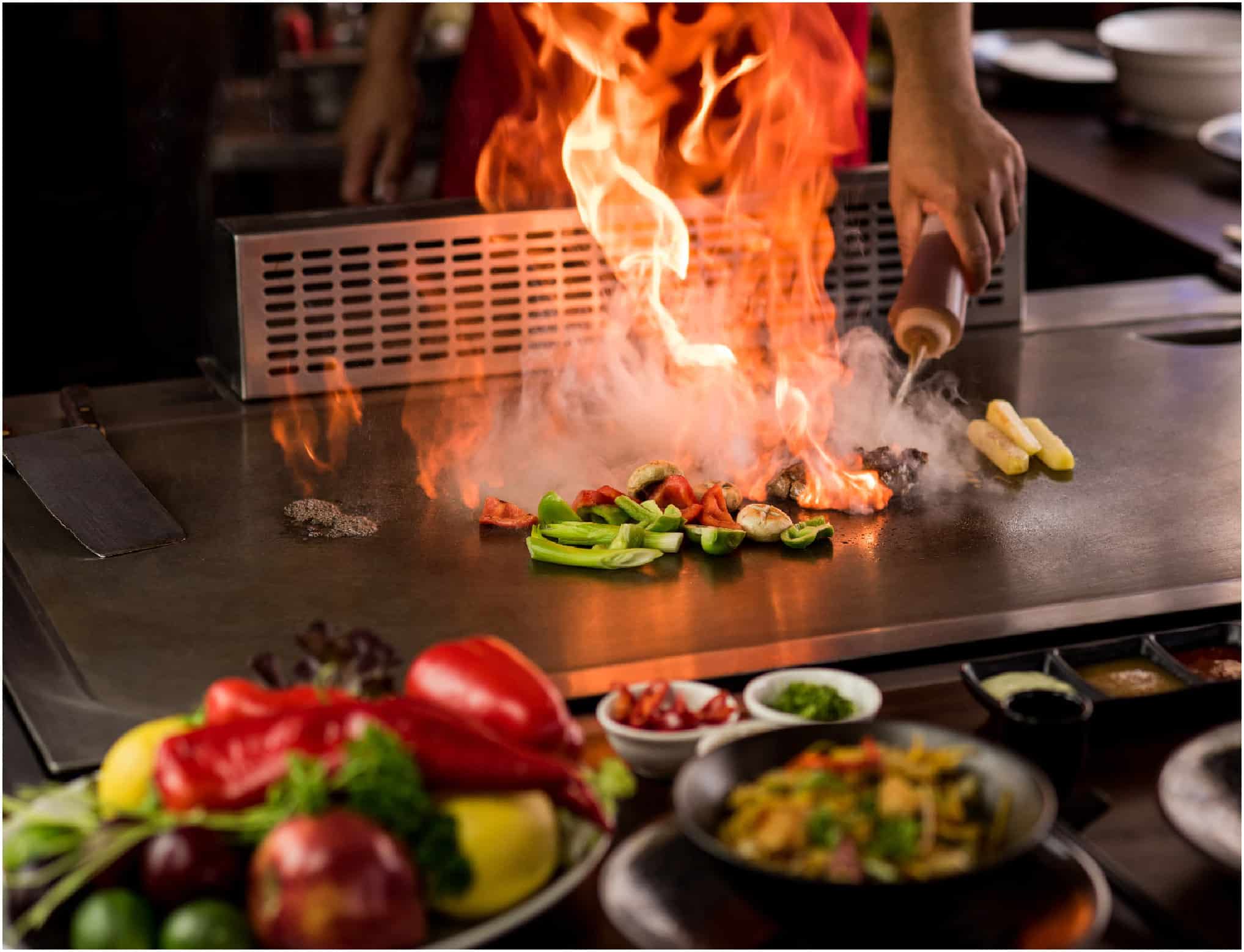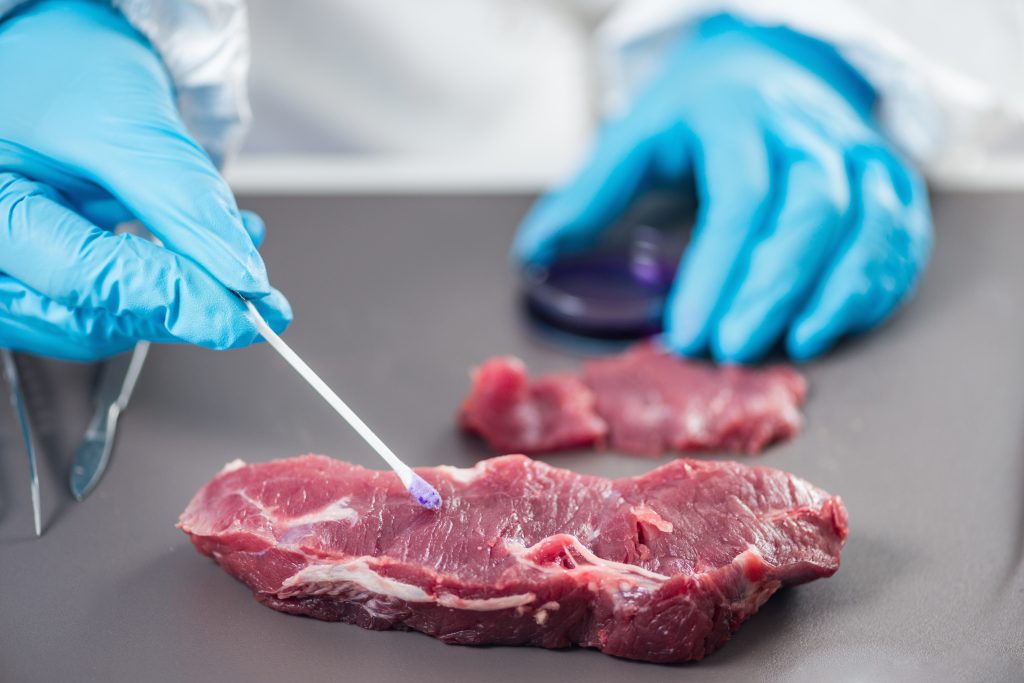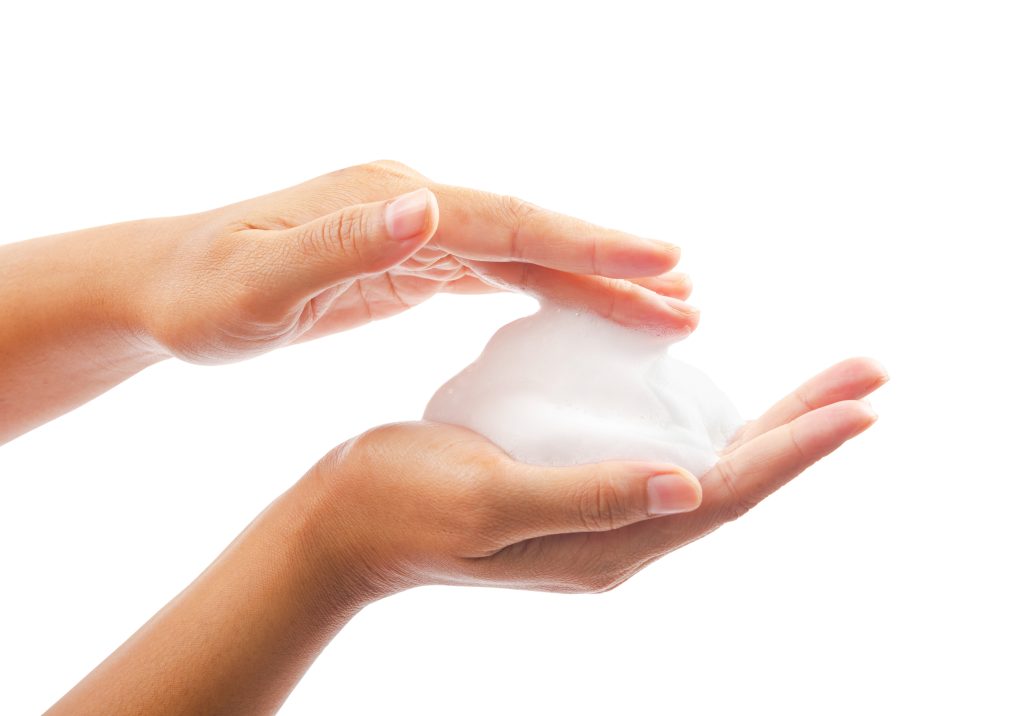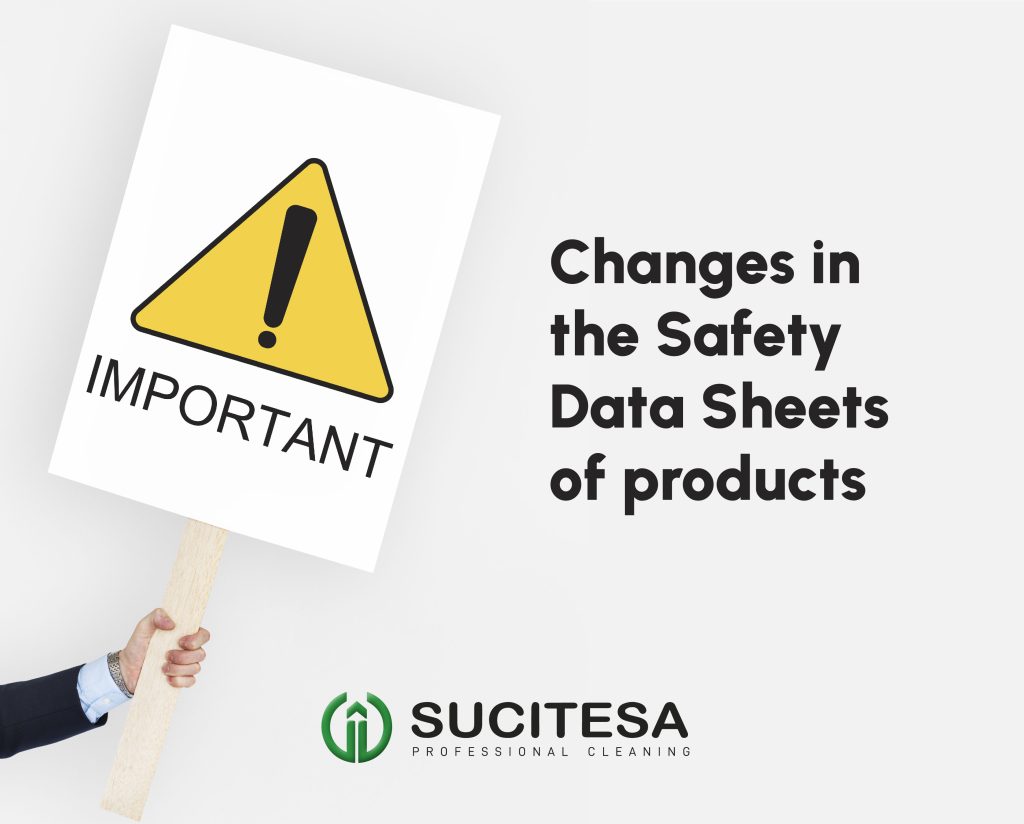One of the cleaning operations that generates more doubts in a kitchen is cleaning the griddles when they are hot. It´s required for the griddles to be cleaned between cooking different types of food: eggs and fish, meat and vegetables, etc. but using a standard degreaser can cause accidents or getting burned by the vapors that are generated.
When the plate is cold, cleaning is very simple: you just have to use a standard degreaser. You can solve the problem with one of our degreasers and using mechanical force with a scourer or similar.
However, the difficulty is when we have to clean a hot griddle and we do not have time or we can´t allow it to cool down to clean it, since the frenetic activity of a professional kitchen requires it.
Before presenting the different options that exist, we will talk about the different types of professional griddles that exist on the market and their main characteristics.
TYPES OF PROFESSIONAL GRIDDLES
First of all, we have to differentiate between a griddle and a fry-top.
Fry-tops are larger and a more powerful type of professional griddle capable of reaching higher cooking temperatures, but they are very similar in terms of components and manufacturing materials.
Normally the body of the griddle is made of stainless steel since it must be easy to clean and disinfect when it is inside a food zone.
The difference between the different types of plates or Fry-top is found in the material, manufacture and thickness of the plate. There is a wide variety of plates on the market, from the most economical ones built with rectified or blued steel plates that improve the appearance and prevent corrosion with an average thickness of 6mm to very expensive plates with chrome plates with a thickness of 8 to 15mm.
CLEANING WITH ICE CUBES
When we visit professional kitchens and ask cooks how they clean the hot griddles, some of them confess that they use ice cubes. With the hot griddle they add a couple of ice cubes and with the help of a spatula they remove the remains of dirt very efficiently. When an ice cube is thrown on the hot griddle, there is a very large temperature difference called thermal shock. Due to this sudden change in temperature, the plate contracts and expands, causing the dirt to detach from the surface.
A priori, this method seems ideal, doesn’t it? Is there a more economical, ecological and natural method than this one? In which kitchen is there no ice?
Although it seems like a great solution, it has a great disadvantage: the disadvantage of ice is that every time we use it, we cause a high level of stress on the plate material (thermal fatigue) reaching the breaking point. Thus, if the plate breaks, there is no choice but to buy a new griddle and the method is no longer environmentally friendly and economical.
SAFE CLEANING
The safest, most effective, and most equipment-friendly procedure is to employ a cleaning procedure with a specially formulated chemical for hot griddle cleaning capable of safely removing burnt dirt and grease.
The chemical cleaning of the griddle does not take more than 3 minutes and the effective SUCITESA solution meets the objective we want: no corrosive vapors, no breakage, safe for food and operators: AQUAGEN HOT GRIDDLE + AQUAGEN NEUTRALIZER
We invite you to check it out in the first person in this video recorded in real time where we show the before and after cleaning the griddle with our outstanding method ????






